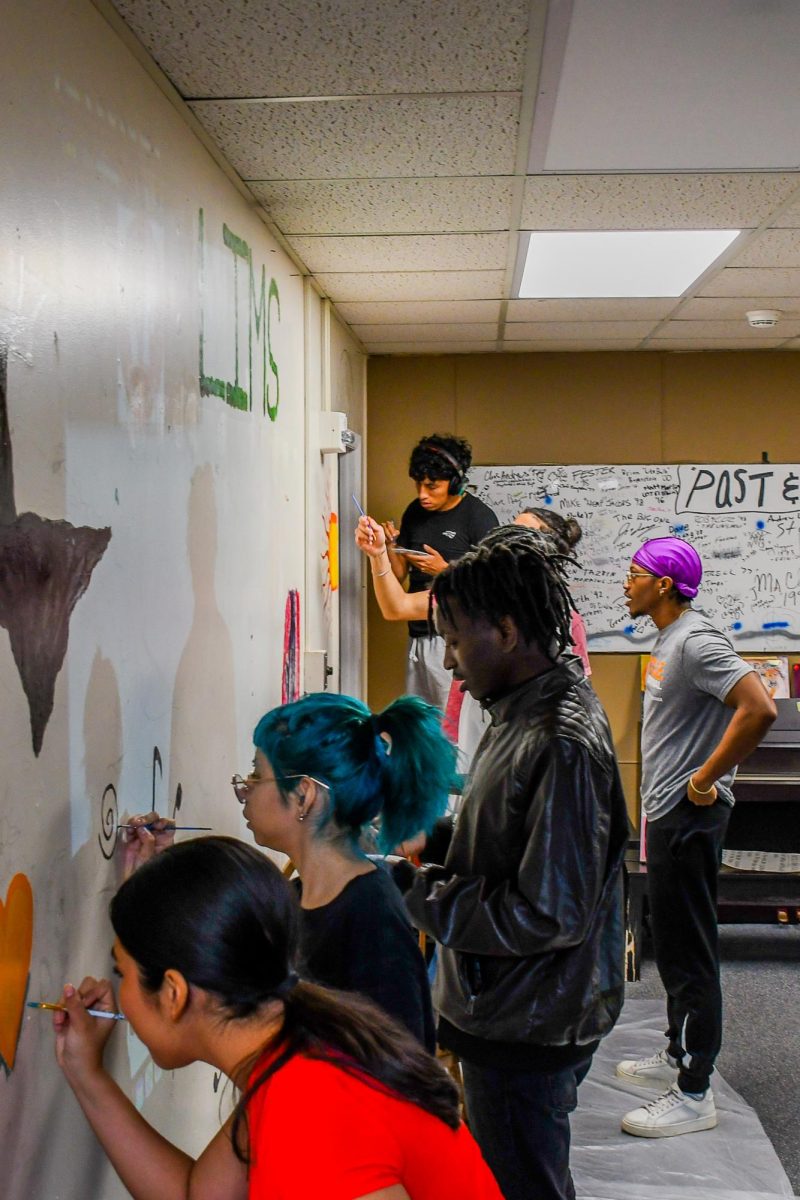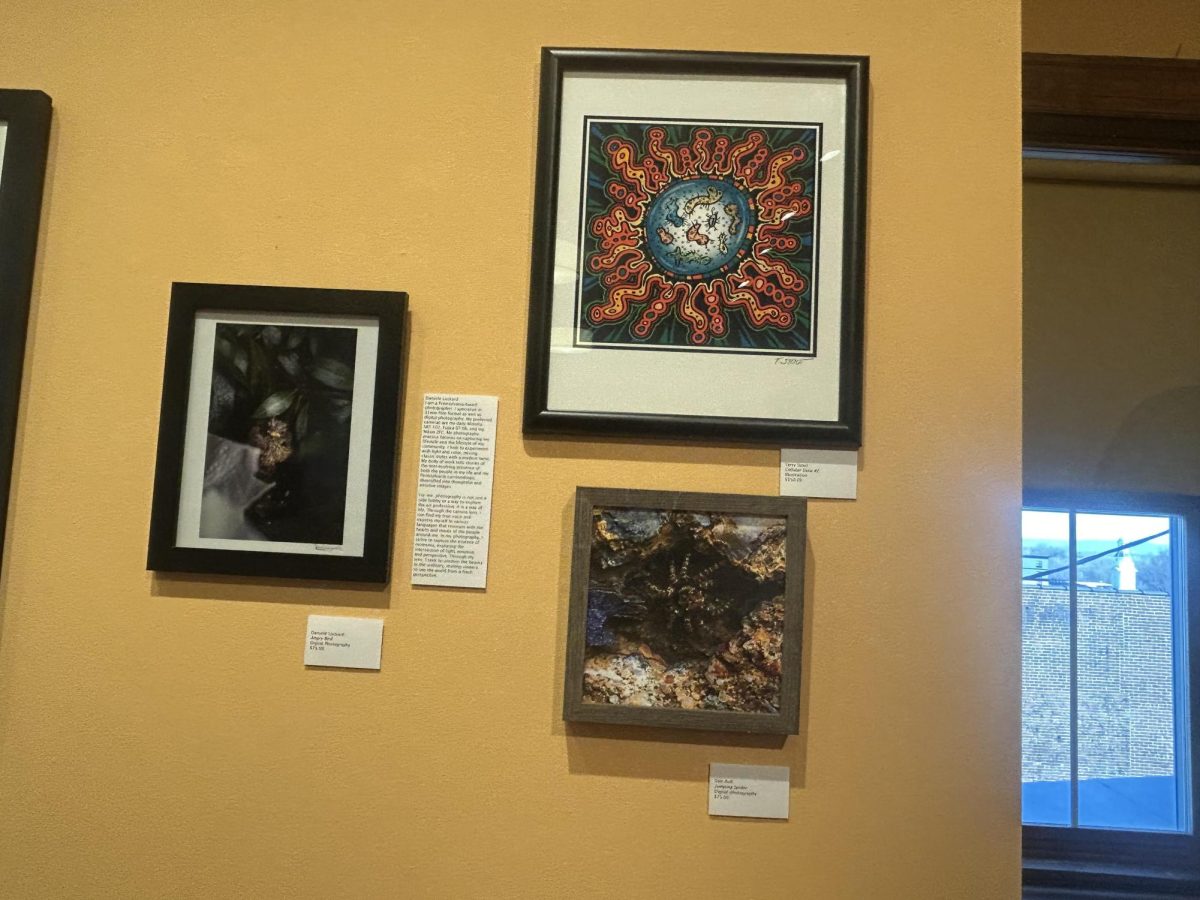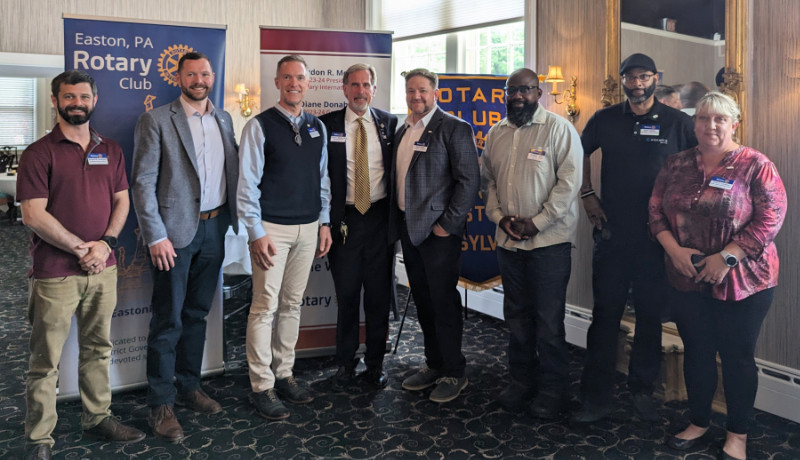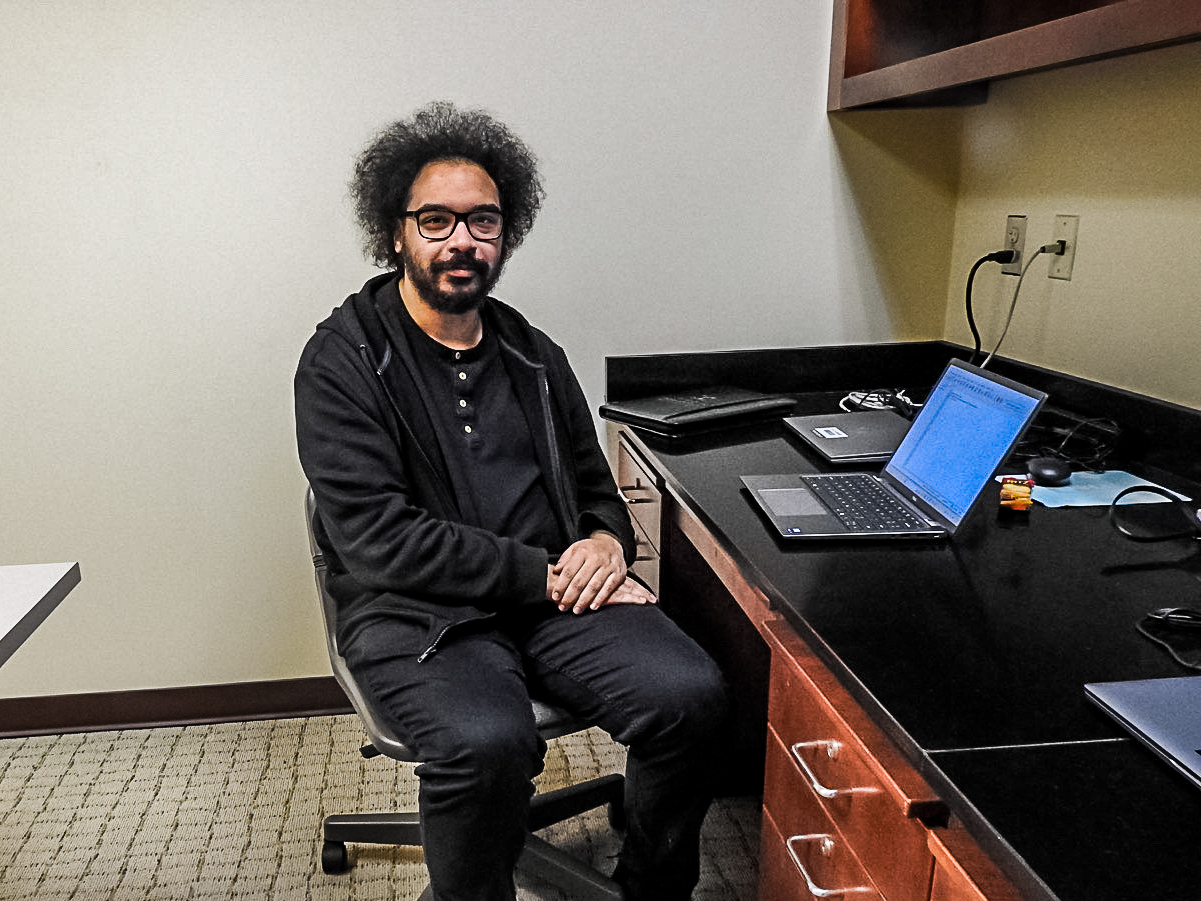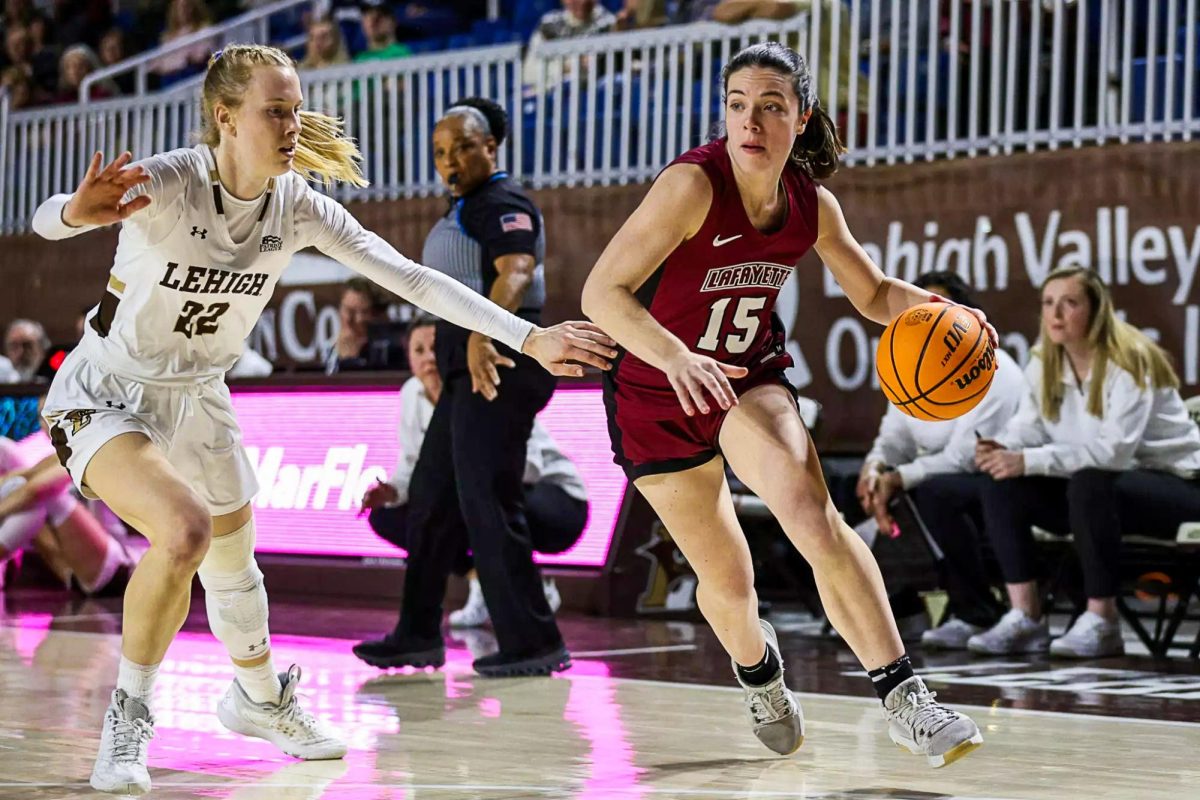For many, a 35mm slide will bring a wave of nostalgia. But, that is becoming increasingly less frequent with our generation. Most of us haven’t grown up with the hum and click of a projector as our parents flicked from slide to slide of holiday memories, while we grew bored and made shadow puppets in front of the screen.
Director of Lafayette Art Galleries Michiko Okaya recognizes this and has thus attempted to recreate these memories through art.
The “ReVIEWing The 35mm Slide“ exhibition contains a powerful array of pieces on display. One can meander through the small room with the opportunity to view countless slides, all coexisting to tell a story with creative and unique displays.
One such display consists of a lampshade made entirely of 35mm slides with a lightbulb inside illuminating each one. Countless antiquities are also on display such as old projectors and other various mechanisms, which can be used to view the slides.
One artist explored the potential to view slides without the need for equipment to assist with viewing.
Lola Wegman ’19, who is currently studying abroad in Copenhagen, scanned vintage found-slides and printed the files as black-and-white prints. “The images selected documented and memorialized the subjects in a moment in time,” Okaya said.
“By enlarging the small 35mm color images into the larger print a greater visual impact is created,” Okaya said. “The viewer is able see the image immediately without the use of intermediary equipment—whether a loop or magnifying glass, a portable viewer or a slide projector. The use of black-and-white also transforms the way we see and interpret the images.”
Okaya said that with this progression, one is able to view the slide in its entirety without missing minute details that one might not notice simply by looking at the 2-inch x 2-inch frame. She points out an example of some women playing bocce or an upturned car that would go unnoticed in the photograph’s smaller form. Even the powerful contribution of the black and white photographs – as opposed to the vivid colors of many 35mm slides – assists in illuminating details that would otherwise be underappreciated.
Okaya said that the inspiration for the project was to revive the art of the 35mm slide and to reminisce on shared childhood memories of projectors and shadow puppets. After Kodak discontinued Kodachrom64 slide film and the Ektachrome, the 35mm slide began to die out.
She views this medium as a powerful storytelling mechanism and hopes others will share in the fascination.
“With slides incorporated into their medium, the artists featured in ‘ReVIEWing the 35mm Slide’ revive these once-powerful recorders of art, memory and time, transforming the worlds contained within their 2-inch x 2-inch cardboard or plastic frames.”
Finally, you have the opportunity to scribble a past memory on a slide and stick it in a jar as your own contribution to the exhibition. Or, if you would prefer, you can tell your story through a series of events. Okaya provides plastic sleeves that fit up to twenty slides, should you wish to do so.
The exhibition will be open every day from 12pm-5pm up to and including Jan. 28. On Sunday, there will be a closing reception starting from 3pm where the artists will collect their work, perhaps play some slides on the various projectors and reminisce one last time before the exhibition comes to an end.
Curator Maryann J. Riker notes on their website that the slide is an important storytelling tool with historic importance.
“By elevating the 35mm slide and the slide projector, we celebrate the slide as a form of storytelling and thereby commemorate its importance in the history of recording culture.”

























